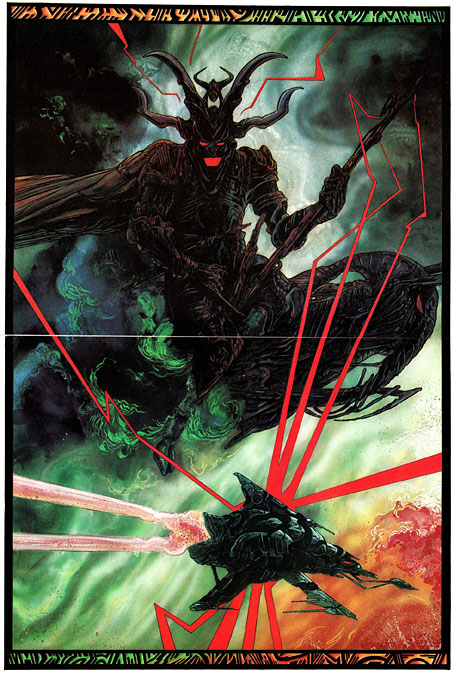
These pages turned up when I was searching for (and failing to find) a specific set of calligraphy capitals. Sixteenth-century calligraphy books commonly present their texts and alphabets in collections of engraved plates. Mira Calligraphiae Monumenta stands apart from its peers with coloured inscriptions and page after page of illuminated embellishments—fruits, flowers, insects and other animals that have nothing to at all do with the calligraphic exercises. The reason for the illustrations is explained in a note on the Getty website: the calligraphy by Georg Bocskay came first (in 1561–1562), the book being intended as a showcase of calligraphic styles which demonstrated Bocskay’s incredible skill and mastery of a wide range of lettering. The illuminations were added thirty years later (from 1591–1596) by Joris Hoefnagel at the request of Rudolf II, Holy Roman Emperor, and an art patron with a celebrated taste for the unusual. Rudolf’s court was filled with alchemists, John Dee and Edward Kelly among them; he commissioned paintings from Giuseppe Arcimboldo, had his own zoo, and his Kunstkammer was one of the largest ever assembled. Hoefnagel’s embellishments have nothing to do with penmanship but the book was only one of a vast number of exquisite or curious objects that Rudolf either commissioned or collected.

Looking through the book I wonder what Georg Bocskay would have thought about all the superfluous additions to his meticulous work. I’m also reminded of a pair of equally odd volumes: the Voynich Manuscript (which Rudolf II was reputed to have owned, although there’s no evidence for this), and Luigi Serafini’s Codex Serafinianus, both of them books which combine their pictures of plants (and many other things in Serafini’s case) with unusual scripts. Mira Calligraphiae Monumenta is available today in facsimile reprints but most people will see the pages via the Getty’s scans. The Getty website isn’t the best place to browse the pages, however. You’re better off going here where the entire book may be seen on a single page.

As for my calligraphic quest, the search continues to be a fruitless one although in this case it did turn up a quantity of painted fruit. The capitals I’ve been looking for are in a book I bought in the 1990s, a guide to alphabet design through the ages whose pages offer little information as to the source of their lettering designs. It’s not a great problem by any means but things like this often nag at me. In the past I’ve borrowed letters from the enigmatic alphabet for my own designs. I like to know the origin of a thing when I’m using it myself. The search will continue…











